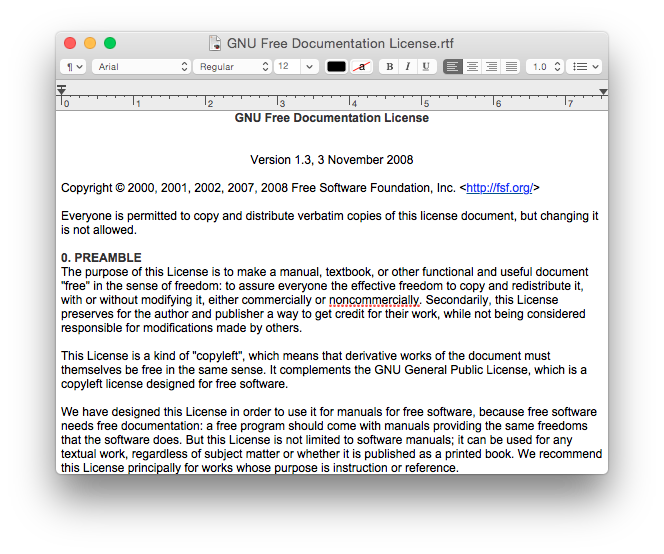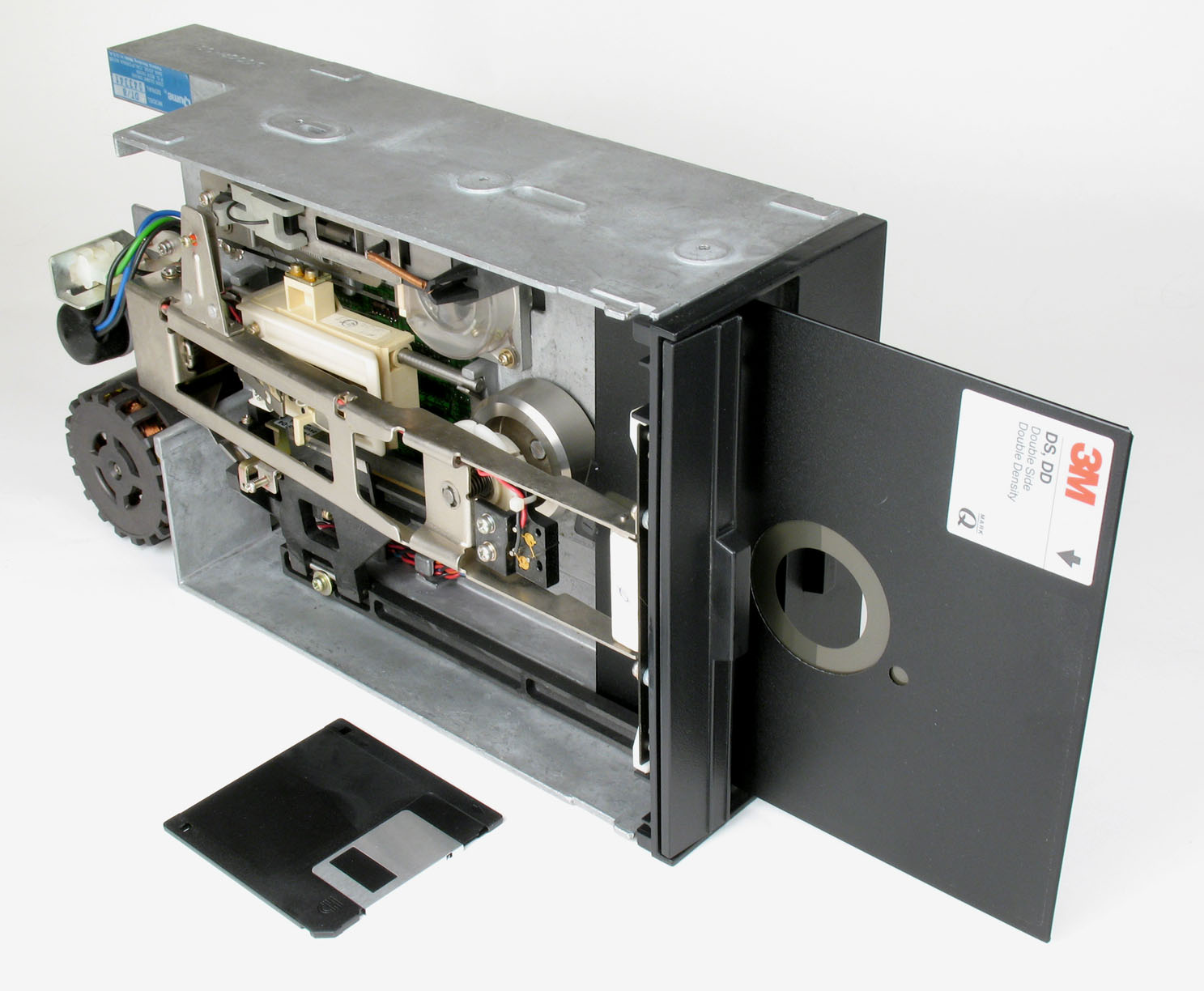|
Epson QX-10
The Epson Seiko Epson Corporation, commonly known as Epson, is a Japanese multinational electronics company and one of the world's largest manufacturers of printers and information- and imaging-related equipment. Headquartered in Suwa, Nagano, Japan, t ... QX-10 is a microcomputer running CP/M or TPM-III (CP/M-80 compatible) which was introduced in 1983. It is based on a Zilog Z80 microprocessor, running at 4 MHz, provides up to 256 KB of RAM organized in four Bank switching, switchable banks, and includes a separate graphics processor chip (NEC μPD7220, μPD7220) manufactured by NEC to provide advanced graphics capabilities. In the USA and Canada, two versions were launched; a basic CP/M configuration with 64 KB RAM, and the HASCI configuration with 256 KB RAM and the special HASCI keyboard to be used with the bundled application suite, called Valdocs. TPM-III was used for Valdocs and some copy protected programs like Logo (programming language), Logo Pr ... [...More Info...] [...Related Items...] OR: [Wikipedia] [Google] [Baidu] |
Zilog Z80
The Zilog Z80 is an 8-bit computing, 8-bit microprocessor designed by Zilog that played an important role in the evolution of early personal computing. Launched in 1976, it was designed to be Backward compatibility, software-compatible with the Intel 8080, offering a compelling alternative due to its better Integrated circuit, integration and increased performance. Along with the 8080's seven Processor register, registers and flags register, the Z80 introduced an alternate register set, two 16-bit index registers, and additional instructions, including bit manipulation and block copy/search. Originally intended for use in embedded systems like the 8080, the Z80's combination of compatibility, affordability, and superior performance led to widespread adoption in video game systems and home computers throughout the late 1970s and early 1980s, helping to fuel the personal computing revolution. The Z80 was used in iconic products such as the Osborne 1, TRS-80, Radio Shack TRS-80, Col ... [...More Info...] [...Related Items...] OR: [Wikipedia] [Google] [Baidu] |
Machine Code Monitor
A machine code monitor ( machine language monitor) is software that allows a user to enter commands to view and change memory address, memory locations on a computer, with options to load and save memory contents from/to secondary storage. Some full-featured machine code monitors provide detailed control ("single-stepping") of the execution of machine language programs (much like a debugger), and include absolute-address Assembly language#Assembler, code assembly and disassembler, disassembly capabilities. Motorola published the MIKBUG ROM monitor for the 6800 in 1973 and the BUFFALO ROM monitor for the Motorola 68HC11, 68HC11. Machine code monitors became popular during the home computer era of the 1970s and 1980s and were sometimes available as resident firmware in some computers (e.g., the built-in monitors in the Commodore 128, Zenith Z-89, Heathkit H89 and Zenith laptops). Often, computer manufacturers rely on their ROM-resident monitors to permit users to reconfigure their ... [...More Info...] [...Related Items...] OR: [Wikipedia] [Google] [Baidu] |
Integrated Software
Integrated software is a software for personal computers that combines the most commonly used functions of many productivity software programs into one application. The integrated software genre has been largely overshadowed by fully functional office suites, most notably Microsoft Office, but at one time was considered the "killer application" type responsible for the rise and dominance of the IBM PC in the desktop business computing world. In the early days of the PC before GUIs became common, user interfaces were text-only and were operated mostly by function key and modifier key sequences. Every program used a different set of keystrokes, making it difficult for a user to master more than one or two programs. Programs were loaded from floppy disk, making it very slow and inconvenient to switch between programs and difficult or impossible to exchange data between them (to transfer the results from a spreadsheet to a word processor document for example). In response to these li ... [...More Info...] [...Related Items...] OR: [Wikipedia] [Google] [Baidu] |
WYSIWYG
In computing, WYSIWYG ( ), an acronym for what you see is what you get, refers to software that allows content to be edited in a form that resembles its appearance when printed or displayed as a finished product, such as a printed document, web page, or slide presentation. WYSIWYG implies a user interface that allows the user to view something very similar to the result while the document is being created. In general, WYSIWYG implies the ability to directly manipulate the layout of a document without having to type or remember names of layout commands. History Before the adoption of WYSIWYG techniques, text appeared in editors using the system standard typeface and style with little indication of layout (margins, spacing, etc.). Users were required to enter special non-printing ''control codes'' (now referred to as markup ''code tags'') to indicate that some text should be in boldface, italics, or a different typeface or size. In this environment there was very little distincti ... [...More Info...] [...Related Items...] OR: [Wikipedia] [Google] [Baidu] |
Color Graphics Adapter
The Color Graphics Adapter (CGA), originally also called the ''Color/Graphics Adapter'' or ''IBM Color/Graphics Monitor Adapter'', introduced in 1981, was IBM's first color graphics card for the IBM PC and established a De facto standard, de facto computer display standard. Hardware design The original IBM CGA graphics card was built around the Motorola 6845 display controller, came with 16 kilobytes of video memory built in, and featured several graphics and text modes. The highest display resolution of any mode was 640 × 200, and the highest color depth supported was 4-bit (16 colors). The CGA card could be connected either to a direct-drive CRT monitor using a 4-bit digital (Transistor-transistor logic, TTL) RGB(I), RGBI interface, such as the IBM 5153 color display, or to an NTSC-compatible television or composite video computer monitor, monitor via an RCA connector. The RCA connector provided only baseband video, so to connect the CGA card to a television set w ... [...More Info...] [...Related Items...] OR: [Wikipedia] [Google] [Baidu] |
16-bit
16-bit microcomputers are microcomputers that use 16-bit microprocessors. A 16-bit register can store 216 different values. The range of integer values that can be stored in 16 bits depends on the integer representation used. With the two most common representations, the range is 0 through 65,535 (216 − 1) for representation as an ( unsigned) binary number, and −32,768 (−1 × 215) through 32,767 (215 − 1) for representation as two's complement. Since 216 is 65,536, a processor with 16-bit memory addresses can directly access 64 KB (65,536 bytes) of byte-addressable memory. If a system uses segmentation with 16-bit segment offsets, more can be accessed. As of 2025, 16-bit microcontrollers cost well under a dollar (similar to close in price legacy 8-bit); the cheapest 16-bit microcontrollers cost less than other types including any 8-bit (and are more powerful, and easier to program generally), making 8-bit legacy microcontrollers not worth it for new applicatio ... [...More Info...] [...Related Items...] OR: [Wikipedia] [Google] [Baidu] |
ROM Cartridge
A ROM cartridge, usually referred to in context simply as a cartridge, cart, cassette, or card, is a replaceable part designed to be connected to a consumer electronics device such as a home computer, video game console or, to a lesser extent, electronic musical instruments. Read-Only Memory, ROM cartridges allow users to rapidly load and access programs and data alongside a floppy drive in a home computer; in a video game console, the cartridges are standalone. At the time around their release, ROM cartridges provided security against Software copyunauthorised copying of software. However, the manufacturing of ROM cartridges was more expensive than floppy disks, and the storage capacity was smaller. ROM cartridges and slots were also used for various hardware accessories and enhancements. The widespread usage of the ROM cartridge in video gaming applications has led it to be often colloquially called a game cartridge. History ROM cartridges were popularized by early home ... [...More Info...] [...Related Items...] OR: [Wikipedia] [Google] [Baidu] |
Atari 2600
The Atari 2600 is a home video game console developed and produced by Atari, Inc. Released in September 1977 as the Atari Video Computer System (Atari VCS), it popularized microprocessor-based hardware and games stored on swappable ROM cartridges, a format first used with the Fairchild Channel F in 1976. The VCS was bundled with two joystick game controller, controllers, a conjoined pair of paddle (game controller), paddle controllers, and a game cartridgeinitially ''Combat (video game), Combat'' and later ''Pac-Man (Atari 2600 video game), Pac-Man''. Sears sold the system as the Tele-Games Video Arcade. Atari rebranded the VCS as the Atari 2600 in November 1982, alongside the release of the Atari 5200. Atari was successful at creating arcade video games, but their development cost and limited lifespan drove Chief executive officer, CEO Nolan Bushnell to seek a programmable home system. The first inexpensive microprocessors from MOS Technology in late 1975 made this feasible. Th ... [...More Info...] [...Related Items...] OR: [Wikipedia] [Google] [Baidu] |
Sound Chip
A sound chip is an integrated circuit (chip) designed to produce audio signals through digital, analog or mixed-mode electronics. Sound chips are typically fabricated on metal–oxide–semiconductor (MOS) mixed-signal chips that process audio signals ( analog and digital signals, for both analog and digital data). They normally contain audio components such as oscillators, envelope controllers, samplers, filters, amplifiers, and envelope generators. History A number of sound synthesis methods for electronically producing sound were devised during the late 20th century. These include programmable sound generators (PSG), wavetable synthesis, and frequency modulation synthesis (FM synthesis). Such sound chips were widely used in arcade game system boards, video game consoles, home computers and digital synthesizers. Since the late-1990s, pulse-code modulation (PCM) sampling has been the standard for many sound chips, as used in the Intel High Definition Audio (IHD ... [...More Info...] [...Related Items...] OR: [Wikipedia] [Google] [Baidu] |
Floppy Disk
A floppy disk or floppy diskette (casually referred to as a floppy, a diskette, or a disk) is a type of disk storage composed of a thin and flexible disk of a magnetic storage medium in a square or nearly square plastic enclosure lined with a fabric that removes dust particles from the spinning disk. The three most popular (and commercially available) floppy disks are the 8-inch, 5¼-inch, and 3½-inch floppy disks. Floppy disks store digital data which can be read and written when the disk is inserted into a floppy disk drive (FDD) connected to or inside a computer or other device. The first floppy disks, invented and made by IBM in 1971, had a disk diameter of . Subsequently, the 5¼-inch (133.35 mm) and then the 3½-inch (88.9 mm) became a ubiquitous form of data storage and transfer into the first years of the 21st century. 3½-inch floppy disks can still be used with an external USB floppy disk drive. USB drives for 5¼-inch, 8-inch, and other-size floppy disks are rare ... [...More Info...] [...Related Items...] OR: [Wikipedia] [Google] [Baidu] |
Intel 8086-2
The 8086 (also called iAPX 86) is a 16-bit microprocessor chip designed by Intel between early 1976 and June 8, 1978, when it was released. The Intel 8088, released July 1, 1979, is a slightly modified chip with an external 8-bit data bus (allowing the use of cheaper and fewer supporting ICs),Fewer TTL buffers, latches, multiplexers (although the amount of TTL logic was not drastically reduced). It also permits the use of cheap 8080-family ICs, where the 8254 CTC, 8255 PIO, and 8259 PIC were used in the IBM PC design. In addition, it makes PCB layout simpler and boards cheaper, as well as demanding fewer (1- or 4-bit wide) DRAM chips. and is notable as the processor used in the original IBM PC design. The 8086 gave rise to the x86 architecture, which eventually became Intel's most successful line of processors. On June 5, 2018, Intel released a limited-edition CPU celebrating the 40th anniversary of the Intel 8086, called the Intel Core i7-8086K. History Background In 1972, ... [...More Info...] [...Related Items...] OR: [Wikipedia] [Google] [Baidu] |






